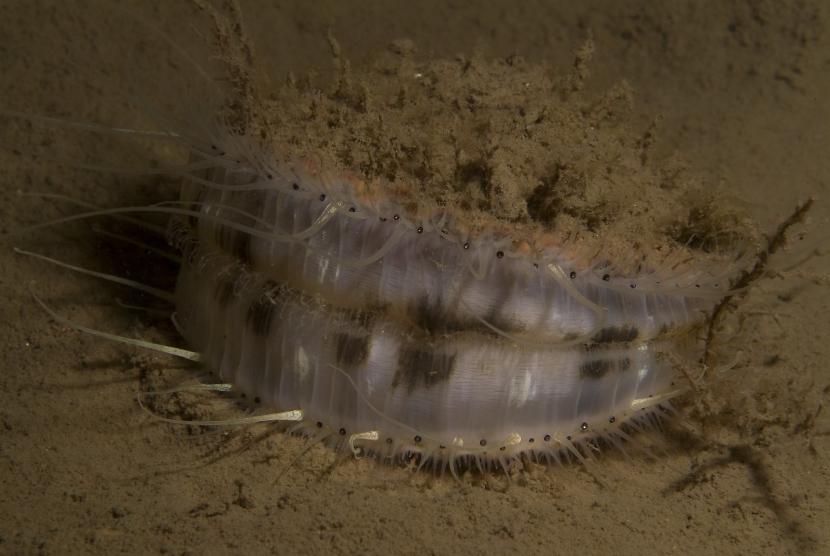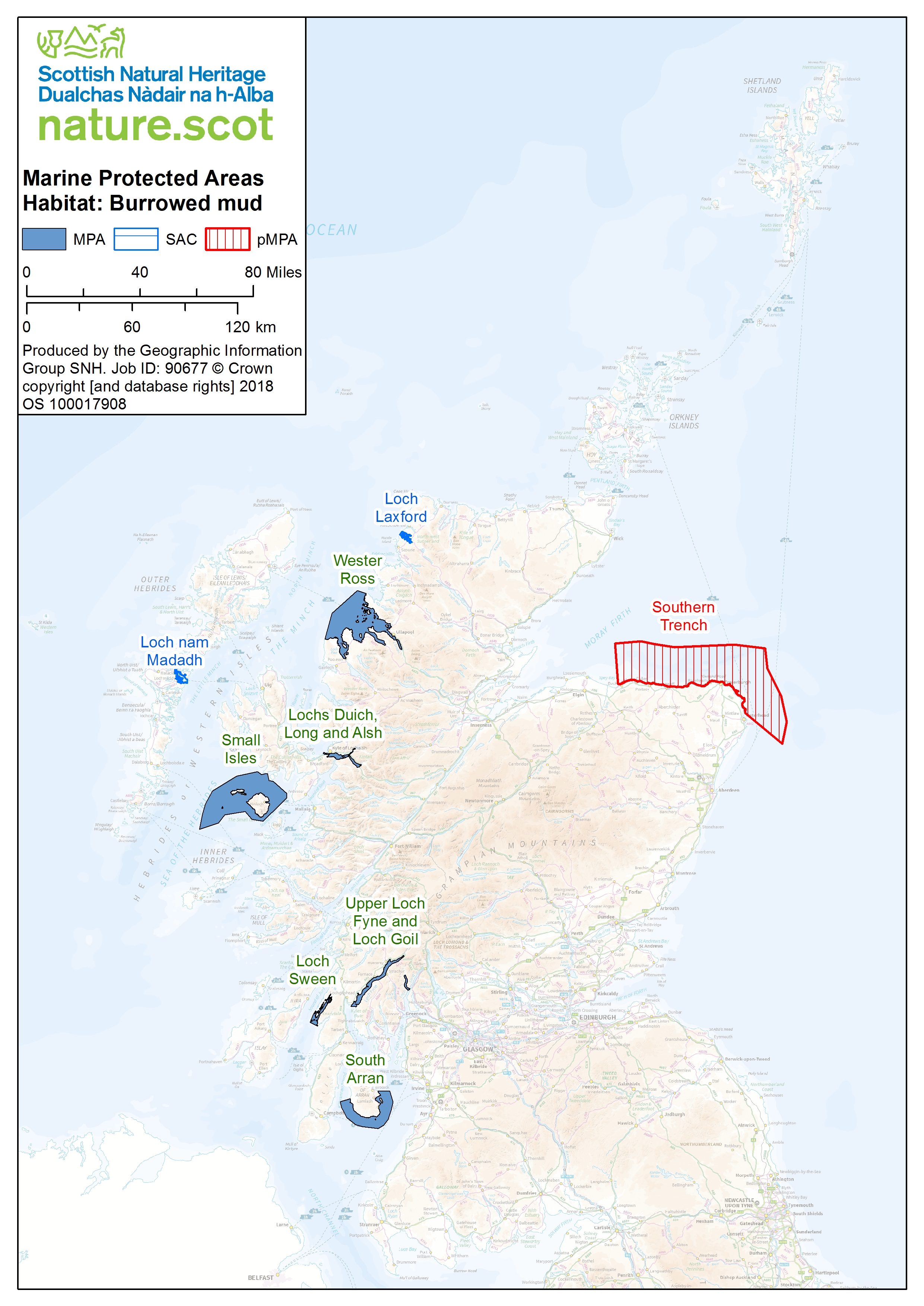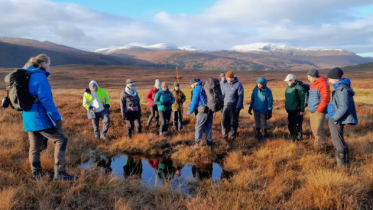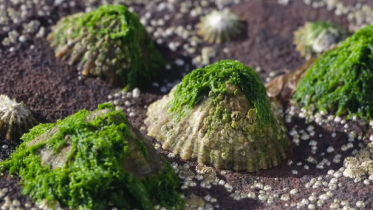
Burrowed mud
Deep, soft mud is a surprising home for some special marine animals, like Norway lobster, fireworks anemone and sea pens.
Burrowed mud is mainly found in deep water or in sheltered conditions where there is very little water movement. On open coasts this is only in deeper water below 50m, however, in the sheltered basins of sea lochs mud-dwelling creatures can be seen in much shallower water.
The inner basins of deep, fjordic sea lochs and some Shetland voes have a version of this habitat that's special to Scotland. Due to the stable conditions animals more typical of deeper depths can live here as shallow as 15m. Muddy seabeds are found at locations all around Britain’s coast, Scotland has most of them on our west coast and in the northern North Sea, making them one of Scotland's Priority Marine Features.
Information on where burrowed mud is found is at Scotland's National Marine Plan Interactive (NMPi)
Special features of sea loch mud
Sea pens, perhaps the most characteristic and obvious animals in the mud, are related to sea anemones and corals. Anchored by a bulbous base, the sea pen’s many small polyps trap plankton and other food particles in the water.
Sea pens found in the mud include:
- slender sea pen (Virgularia mirabilis) – the most common sea pen species
- phosphorescent sea pen (Pennatula phosphorea) – it glows when disturbed
- tall sea pen (Funiculina quadrangularis) – common in very deep water, but occurs as shallow as 25m in some fjordic sea lochs
The tall sea pen can form white, feathery ‘forests’, and is sometimes host to the curious deep-water brittlestar (Asteronyx loveni). The brittlestar hangs on with one or two of its five long, coiled arms, and uses the others to catch food.
Another special feature of sea loch mud is the fireworks anemone (Pachycerianthus multiplicatus).
Deep, soft mud is an important habitat in Scotland and a surprising home for some special marine animals, like the Norway lobster, sea pens and the beautiful fireworks anemone.
(C)NatureScot
Burrows and mounds between the sea pens are clues that other creatures live within the mud:
- Norway lobster (Nephrops norvegicus) – it makes a simple U-shaped burrow to sit in during the day, coming out at night to forage for food
- Fries’ goby (Leseurigobius friesii) – this small fish may share a Norway lobster’s burrow
- mud shrimps (Callianassa subterranean) and (Calocaris macandreae), and the angular crab (Goneplax rhomboids) – make more complex burrows with tunnels and side chambers
- burrowing brittlestars (Amphiura spp.) – may be abundant in places, with just the ends of their long, slender arms showing above the mud
- Mud volcano worms – these form large mounds, making characteristic scoop marks on the mud surface
- giant naked foraminiferans – these single-celled organisms lurk in the mud and look like stringy cottage cheese
The activities of all these animals help to aerate the mud, which would otherwise become anoxic (lacking in oxygen) just below the surface.
On mud at 65m in Loch Goil, there is an unusual community with abundant sea squirts, including the rare Styela gelatinosa, along with terebellid worms and the seven-rayed scallop Pseudamussium septemradiatum. This odd assemblage of animals may be a relict from the last ice age.

A queen scallop Aequipecten opercularis on burrowed mud in Loch Sween MPA. © Marine Scotland.
Threats to burrowed mud habitat
Burrowed mud habitats are vulnerable to a number of human pressures, but especially physical disturbance and pollution. For example, high levels of nutrients or organic material can cause the mud to become very low in oxygen, to the point that the typical communities can no longer survive.
Disturbance from large scale engineering operations or from towed fishing gears can also affect the quality of burrowed mud seabeds.
More information on the sensitivities of burrowed mud can be found at Scotland's Feature Activity Sensitivity Tool (FeAST).
Protection of burrowed mud
Burrowed mud is a Priority Marine Feature and an OSPAR threatened and declining habitat ('sea-pen and burrowing megafauna communities').
Burrowed mud is protected in eight locations around Scotland by a suite of Marine Protected Areas shown in the map below. Elsewhere, the management of activities such as fishing and aquaculture can play a role in conserving this important habitat.
More information on the sites and how they are managed can be found at NatureScot's Sitelink and on the Marine Scotland web pages for some sites. For a number of sites detailed survey and monitoring reports also exist.






